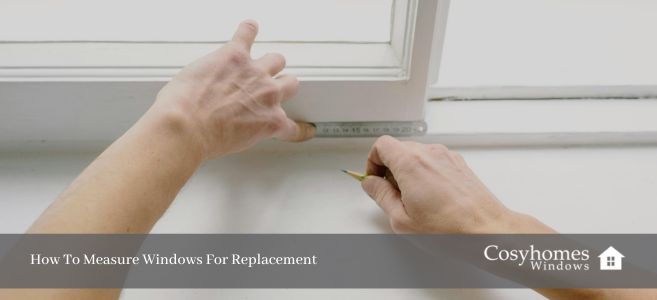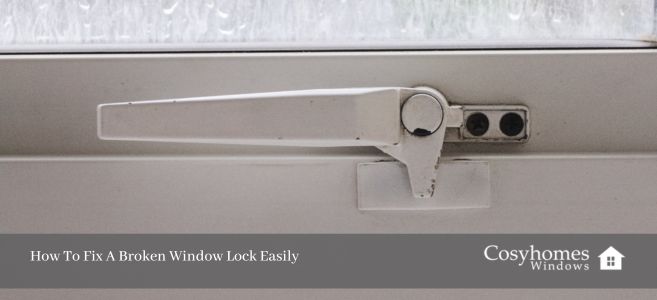Double glazed windows are standard in most modern homes, but how do double glazed windows work? In this article, we look at what double glazing is, including how double glazing works and the benefits of double glazing.
What is Double Glazing?
A double glazed window uses two panes of glass instead of one. These two panes are separated by a space, which is often filled with air or gas like argon, to provide better thermal insulation throughout.
The sealed unit, also known as an Insulated Glass Unit (IGU), consists of:
- Two panes of glass
- A spacer bar separates the panes and creates a gap
- A seal around the edges to keep the air or gas inside
- Often, a drying agent material within the spacer bar absorbs any moisture and prevents condensation
This design improves energy efficiency by reducing heat loss, noise, and condensation compared to single glazed windows.
The Science Behind Double Glazing
Double glazing works by creating an insulating barrier using two panes of glass separated by an air gap. This air gap reduces heat transfer because air is a poor conductor of heat. The spacer bar maintains this gap and keeps the panes sealed, which prevents air or gas from escaping and moisture from entering. This design helps keep indoor temperatures stable, reduces noise, and prevents condensation.
Benefits of Double Glazing
There are many benefits of installing double glazed windows, including:
- Improved Energy Efficiency – If you are seeking energy efficient home improvements, double glazing will retain heat as the air gap between the glass panes reduces heat transfer. This helps to keep indoor spaces warmer in winter and cooler in summer.
- Reduced Energy Costs – Double glazing prevents heat escaping and, therefore, helps to reduce energy bills by keeping warm air in your home. This reduces your need to use central heating as much in the winter months and can, therefore, reduce your energy bills.
- Enhanced Noise Reduction – Double glazing reduces external noise as the double layer of glass with the insulating air gap dampens sound waves, significantly reducing noise from outside. This is especially beneficial for homes in noisy areas.
- Reduced Condensation on Windows – The sealed double glazed unit and the spacer bars help prevent moisture build-up between the panes, minimising condensation and keeping the windows clear.
- Increased Window Strength and Security – Double glazing glass is harder to break than single glazed glass and offers better security against break-ins. The added thickness of the toughened glass also enhances the overall durability of the windows.
Conclusion
Double glazing windows use two panes of glass separated by an air gap to create an insulating barrier that reduces heat transfer, enhances noise reduction, prevents condensation, and increases window strength and security. Replacing your single glazing by fitting double glazed windows improves energy efficiency, can reduce heating bills, and creates a more comfortable home environment.
Consider upgrading to double glazed windows for these advantages. For expert advice and installation, reach out to Cosyhomes Windows to enhance your home’s efficiency and comfort.























